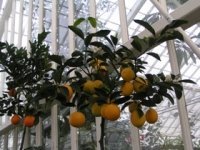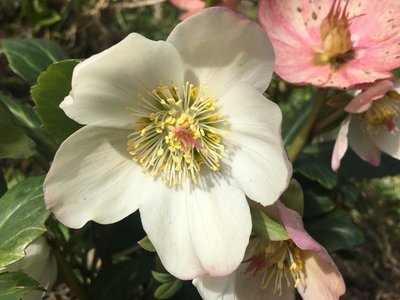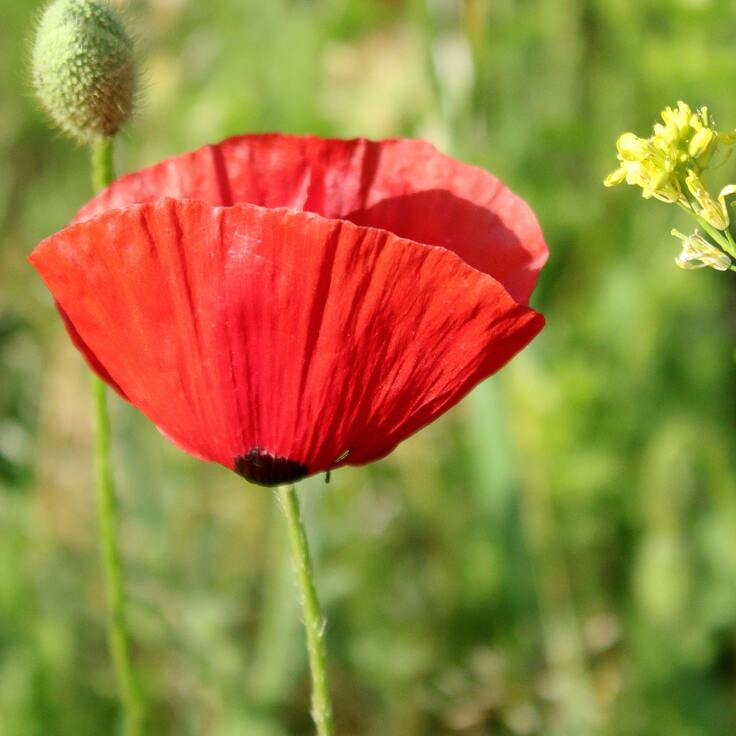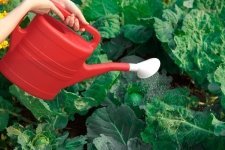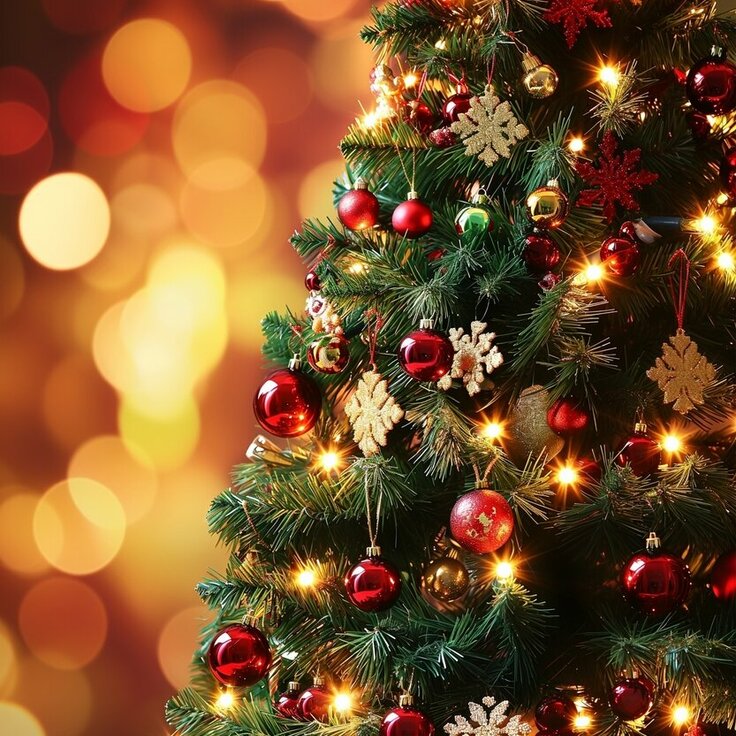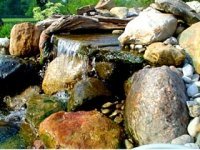Evergreens in the Winter Garden
Our gardens glow this time of year, and it all starts with the gorgeous green of evergreens. Certainly, that's one of the reasons people flock to visit our region in winter.
A landscape without evergreen plants is a confusing place to live or even visit. Unless it's a vegetable patch left fallow for a season, every garden setting needs the anchor of a plant that offers consistent color and form year-round. From the design point of view, they are essential. As other plants lose their leaves, go dormant, or simply require pruning to rejuvenate new growth, evergreens stand with continuous appeal. In fact, winter offers the best view of these garden sentries, and affords the opportunity to assess, select, and plant them.
Choice Evergreens
Native cedars, pines, and magnolias (like 'Little Gem') have strong southern style and the power to tie a design together. Easy maintenance routines make them obvious choices. Each requires only minimal pruning, and they can tolerate any well-drained soil and even some that are not. With annual applications of balanced, granular fertilizer, and water during very dry spells, these plants will reward you for years. Few pests are noted on the most reliable of the evergreens, including these three, as well as wax myrtle, nandina, and fatsia.
Evergreen Anchors
Use evergreens as the "bones" of your landscape design, to hold it together visually throughout all the seasons. If you're planning a long border, put a grouping of evergreens at intervals of 12 to 15 feet along its length. When houses are set close together, a large, upright evergreen tree can fill the narrow space between them and actually make it look wider and deeper when seen from the front.
Where foundation plantings are less important, as in homes that face the water, evergreens planted at the corners will break up the rigid lines of the house and attach it visually to the ground. Take a look at the evergreens in your garden this winter, and if they're few and far between, take steps to increase their number. November through February is prime time for tree and shrub planting in our region.

